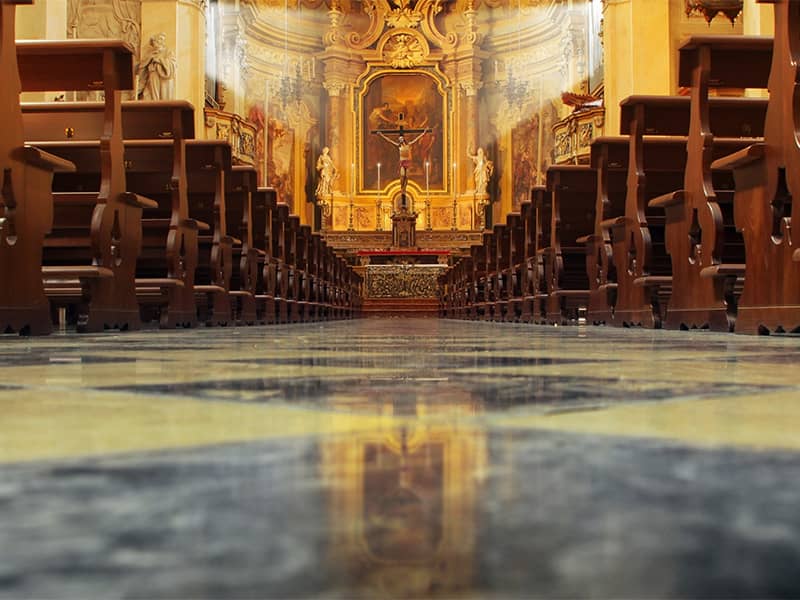It could someday attract crowds of Mormons from all over the Northeast and Canada for baptisms, marriages and other ceremonies.
Some neighbors pray that day never comes. They say a Massachusetts zoning law that allowed the temple to be built in Belmont violates the First Amendment by giving advantages to religious groups.
Three residents who want the temple demolished--even though it is 80 percent complete--are taking their case to a federal appeals court Monday.
"If an atheist group wanted to build the same thing the Mormons wanted to, they couldn't do it," said Mark White, an attorney for the three residents.
The law in question, known as the Dover Amendment, prohibits zoning restrictions on property used for religious purposes. The residents say it is unconstitutional because it discriminates against secular groups.
"In most towns, the zoning regulations are pretty strict," White said Thursday. "In some towns, you can't even park your car on the street. And yet under Dover, if you are a religious organization, you can put up a 70,000-square-foot building."
The lawsuit was filed last year by Margaret Boyajian, Charles Counselman and Jean Dickinson. A federal judge in June denied their claims, upholding the constitutionality of the Dover Amendment.
Oral arguments are scheduled for Monday in the 1st U.S. Circuit Court of Appeals. No decision is expected immediately.
Counselman, a professor of planetary science at the Massachusetts Institute of Science, insists he and his neighbors aren't biased against the Church of Jesus Christ of Latter-day Saints. He says they only object to the size of the temple.
"This temple building is not only much larger than the houses around it, but it also sits on the highest point in town," Counselman said. "It towers over the neighborhood. It will be a big attention-getter, which is not what you want in the neighborhood that you live in."
The $30 million temple will be finished in late winter or early spring, said Ken Harvey, a lawyer for the Mormon Church.
The majestic building, unadorned and situated on an otherwise-barren rocky hilltop, features a 139-foot-tall steeple--about two-thirds the height of the 221-foot tall Bunker Hill Monument in Boston.
Harvey pointed out that although the building is large, it is located about a football field's length from the nearest building and does not unfairly encroach upon on the nearby homes, which is why the zoning board approved the plans.
The Catholic church, the American Jewish Congress and a number of Protestant churches have filed briefs supporting the Mormon church's position, Harvey said.
The temple has strong symbolic significance in the Mormon faith. Day-to-day religious functions are held in a meeting house, which is much smaller. The temple is used for three main ceremonies: marriage, baptism and endowment, which recognizes a member's acceptance of church doctrine. Most Mormons only attend a temple once in their lives, Harvey said.

| Copyright 1999 Associated Press. All rights reserved. This material may not be published, broadcast, rewritten or redistributed. |

Legal Disclaimer - Copyright ©2000 - iSyndicate, Inc.

